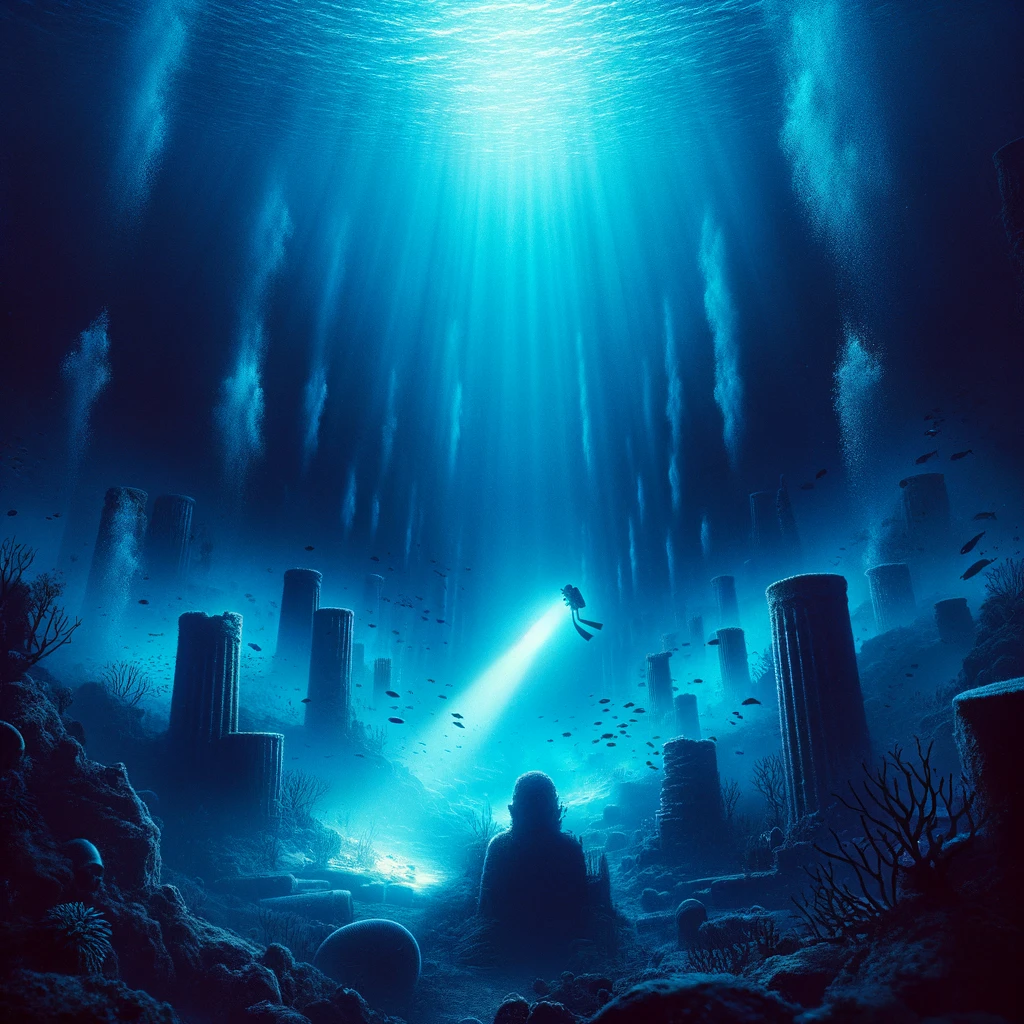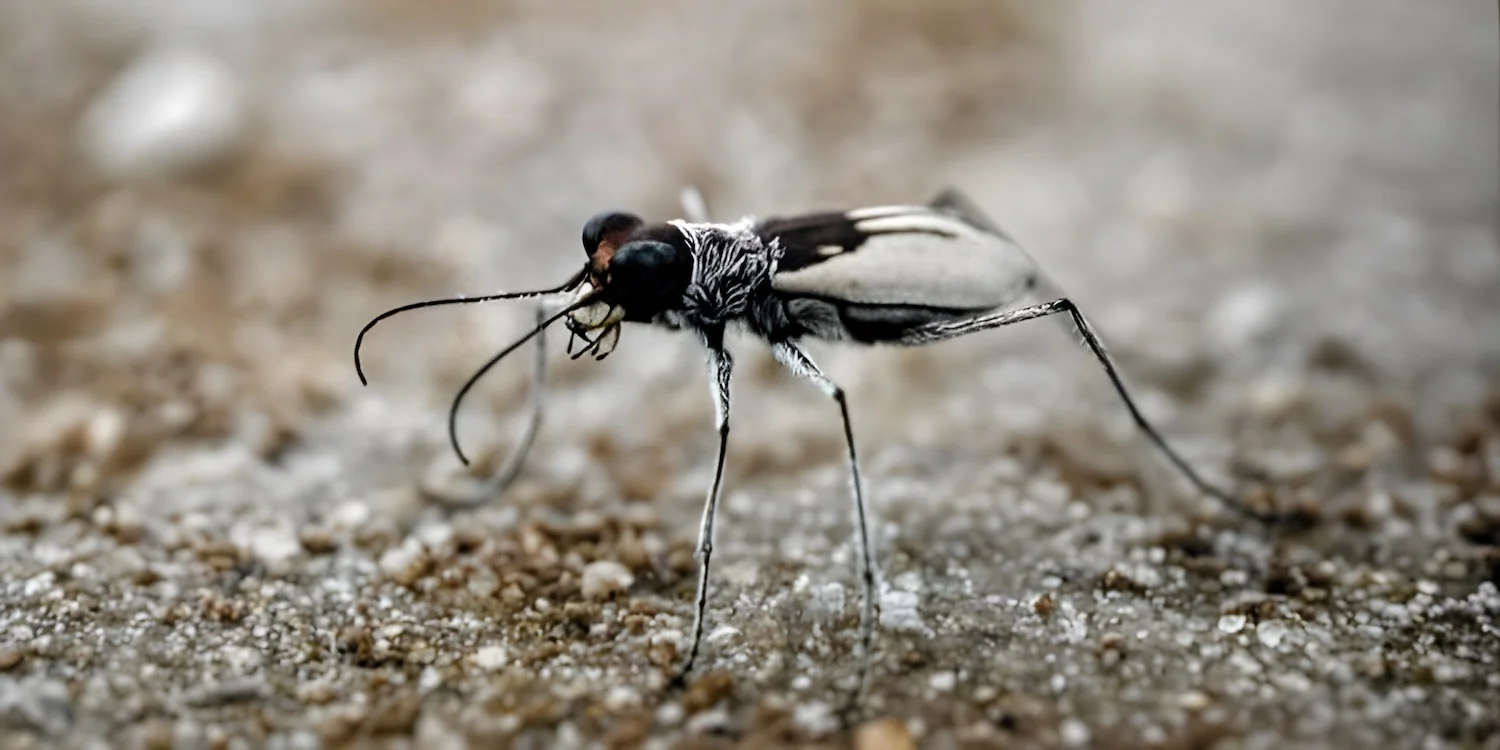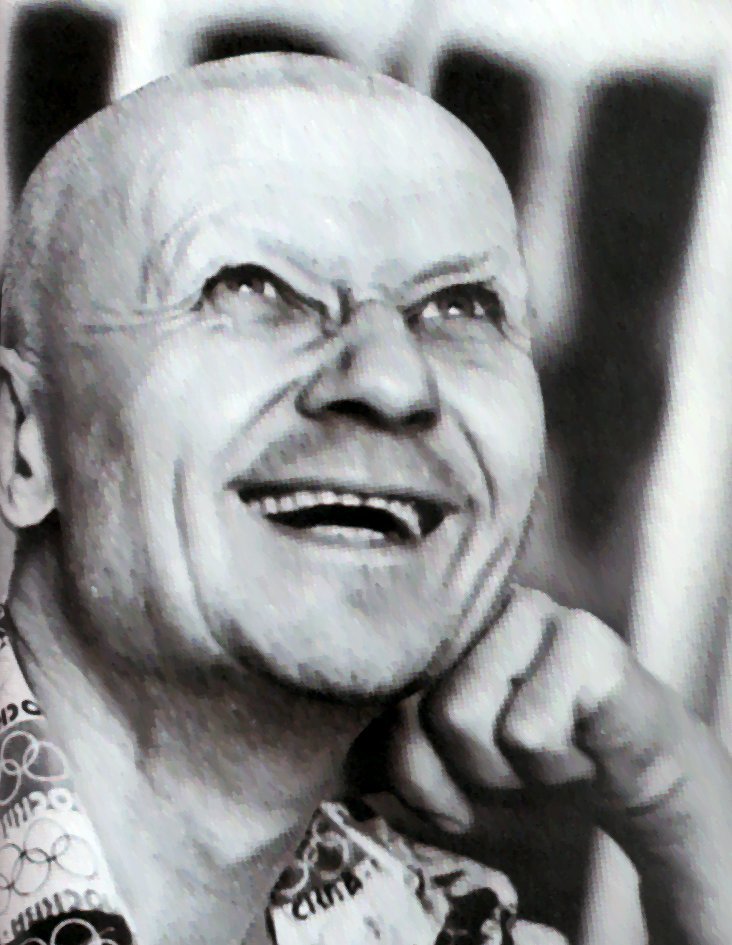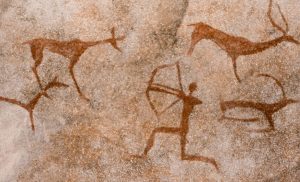Unique life and history moments
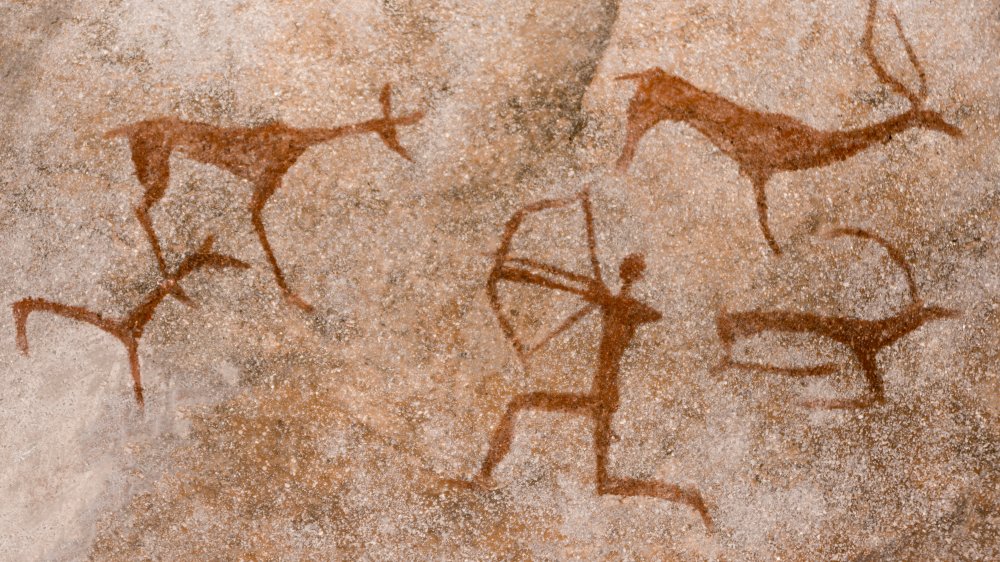
Embark on a fascinating exploration of life and history with ten captivating facts. Uncover the rich tapestry of our past, from ancient clonal aspen groves to groundbreaking medical achievements. Dive into historical moments where the essence of life intertwines with impactful events that have shaped our world.
The Oldest Known Living Organism

Deep in the heart of Utah, USA, lies an extraordinary organism that has captured the awe and wonder of scientists and nature enthusiasts alike – Pando, the Earth’s oldest living thing. This remarkable grove of quaking aspen trees has been thriving for an astonishing 80,000 years, making it one of the oldest known living organisms on the planet. Its longevity is nothing short of astounding, and the secret to its remarkable endurance lies in its interconnected root system.
Unlike individual trees, Pando is not a collection of separate entities but rather a single organism with a vast network of interconnected roots. This interconnected root system allows Pando to reproduce asexually, creating genetically identical trees known as “clones.” As new shoots emerge from the roots, they grow into identical trees, forming a cohesive and interconnected grove that spans over 100 acres. This unique reproductive strategy has enabled Pando to persist for millennia, ensuring its survival in the face of environmental challenges and changing conditions.
The resilience of Pando is a testament to the remarkable adaptability of life in the natural world. Despite facing threats such as drought, disease, and human encroachment, Pando has managed to persevere, thanks to its interconnected root system and asexual reproduction. Scientists continue to study Pando to unlock the secrets of its longevity and understand how such ancient organisms can thrive for thousands of years in harsh and unforgiving environments.
As we delve deeper into the fascinating story of Pando, we uncover a wealth of knowledge about the interconnectedness of life and the intricate processes that govern the natural world. From its humble beginnings thousands of years ago to its enduring presence in the modern-day landscape, Pando stands as a symbol of resilience, adaptability, and the enduring power of life to persist against all odds.
The Longest-Living Animal
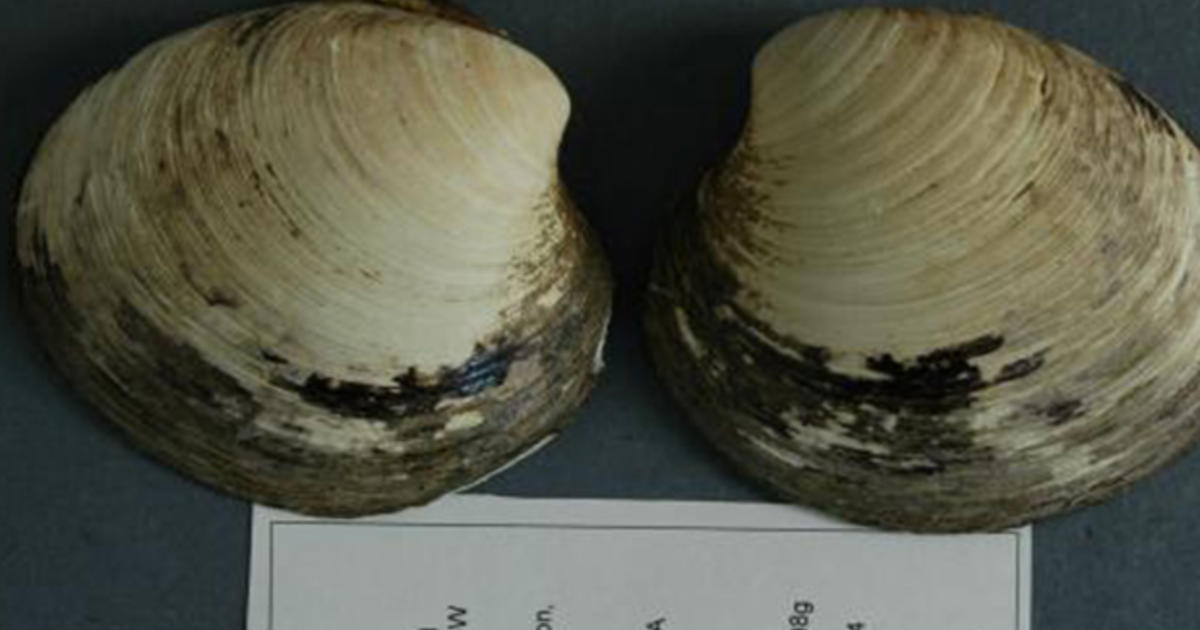
In 2006, a groundbreaking discovery near Iceland shook the scientific world to its core when researchers unearthed an astonishingly ancient clam, later affectionately named Ming the Mollusc by the media. Ming’s age, a staggering 507 years old, not only shattered previous records but also provided a rare glimpse into the remarkable longevity of marine organisms. Through meticulous analysis of the growth bands present in Ming’s shell, scientists were able to trace its life back to the year 1499, a time marked by significant historical events and cultural shifts.
Local researchers, deeply moved by Ming’s extraordinary lifespan, bestowed upon it the name Hafrún, which translates to “Ocean Mystery” in Icelandic. Ming’s discovery ignited a wave of scientific interest, with researchers clamoring to unlock the secrets of its long and storied life. However, Ming’s newfound fame came at a cost, as it and many other clams were collected and frozen for scientific research, ultimately sacrificing them in the pursuit of knowledge about their age, biology, and environmental history.
While Ming’s story serves as a testament to the resilience and longevity of marine organisms, it also raises important ethical considerations surrounding scientific research and conservation efforts. Ming’s sacrifice highlights the delicate balance between scientific advancement and environmental preservation, prompting reflection on the ethical dilemmas faced by researchers in their quest to understand and protect Earth’s oldest and most enigmatic creatures.
The Ancient Practice of Brain Surgery
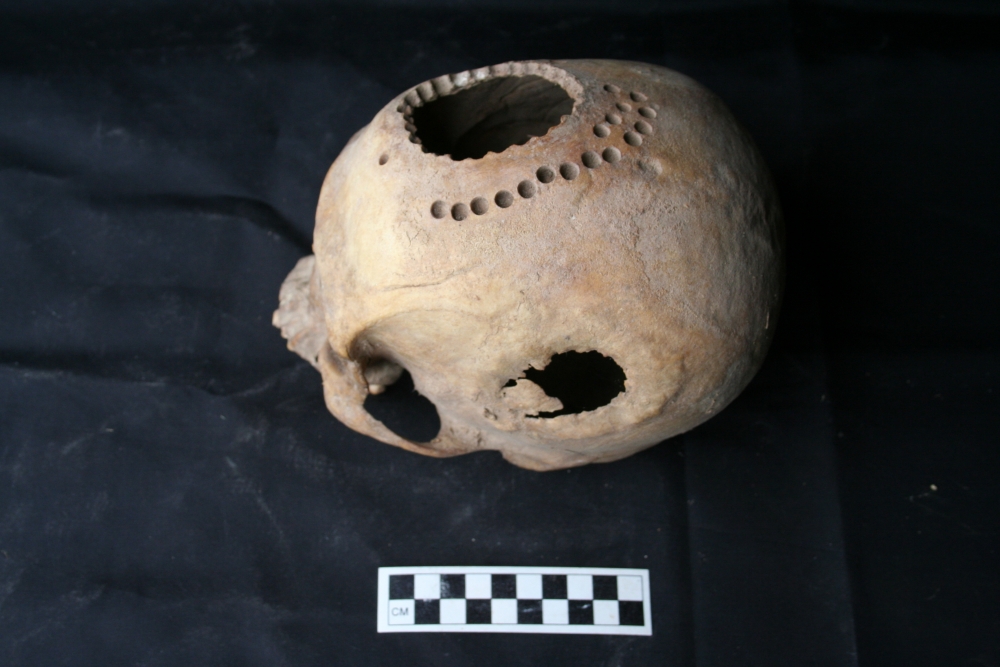
In ancient times, particularly dating back to the Neolithic Age, a remarkable yet primitive form of brain surgery known as trepanation was practiced. This procedure involved the deliberate creation of a hole in the skull, often using rudimentary tools made of stone. The terms “trepanation” and “trephination” have been used interchangeably since early times to describe this surgical technique. The word “Trypanon,” originating from Greek, meaning a border, was used to describe the procedure in Neolithic times, where the head was stabilized using a frame or brace, akin to a carpenter’s wimple.
On the other hand, the term “trephination,” stemming from French origins, describes a similar procedure but involves a cutting instrument rotating around a center. Despite the slight variation in technique, both methods of trepanation involved the removal of a piece of bone from the skull using a saw-like instrument. This indicates a level of sophistication beyond merely creating a hole in the skull, suggesting that these ancient surgeons possessed a rudimentary understanding of cranial anatomy and surgical techniques.
The practice of trepanation in ancient times is a testament to the ingenuity and resourcefulness of early medical practitioners. While the exact reasons for performing trepanation remain a subject of debate among historians and archaeologists, evidence suggests that it may have been used to treat various medical conditions, including head injuries, skull fractures, and possibly even neurological disorders. Regardless of its intended purpose, trepanation highlights the enduring human quest for knowledge and innovation in the field of medicine, even in the most primitive of times.
The Evolution of Life on Earth
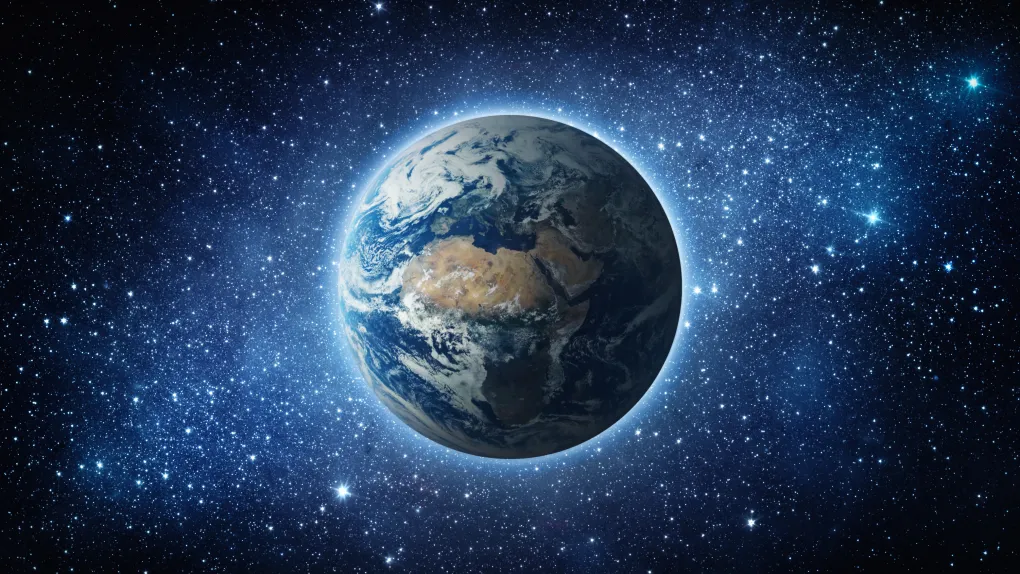
Over billions of years, the story of life on Earth has unfolded in a remarkable journey of adaptation and evolution. It commenced with the emergence of simple life forms, gradually evolving into the diverse array of complex organisms that populate our planet today. From the era of dinosaurs to the rise of mammals, life has continually adapted to a changing environment, shaping the course of biological history.
Throughout this narrative, the appearance of new species has played a pivotal role, driving the ever-expanding tapestry of life’s diversity. As continents shifted and landmasses transformed, organisms navigated and adapted to these shifting landscapes, forging new ecological niches and evolutionary pathways. Rocks and living organisms have played intertwined roles, with geological processes shaping habitats and ecosystems influencing the course of evolution.
These profound changes not only highlight the resilience of life but also underscore its capacity to adapt and thrive in the face of environmental challenges. The evolution of life on Earth stands as a captivating saga, rich with intrigue and significance, offering valuable insights into the interconnectedness of all living things and the dynamic forces that have shaped our planet’s history. Indeed, the study of life’s evolution remains a cornerstone of scientific inquiry, illuminating the intricacies of our planet’s past and informing our understanding of its future.
The First Artificial Heart
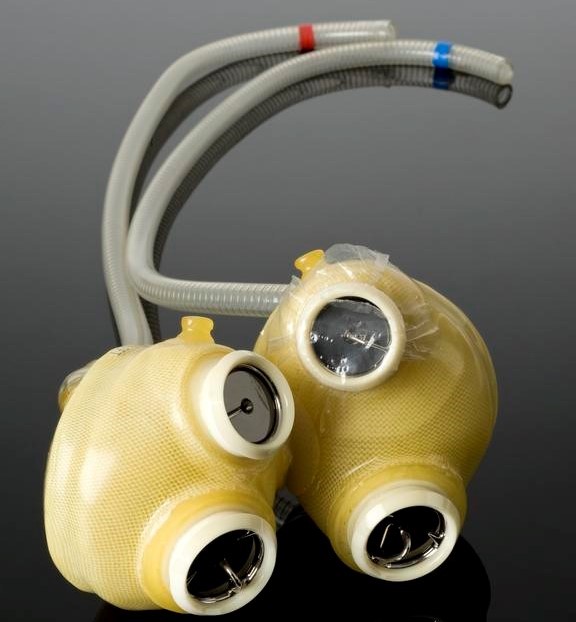
The advent of the first artificial heart marked a monumental milestone in the annals of medical history. Crafted as a groundbreaking solution for individuals grappling with cardiac ailments, this pioneering device heralded a new era in the treatment of heart-related conditions. Scientists and engineers dedicated extensive time and effort to its development, refining its design and functionality over successive years.
In the 1980s, a pivotal moment arrived when the first artificial heart was successfully implanted into a human recipient. Since that historic milestone, ongoing advancements in medical technology have propelled the evolution of artificial hearts, enhancing their capabilities and efficacy. Today, these innovative devices have evolved to provide temporary support for individuals awaiting heart transplants or to assist those grappling with severe cardiac issues.
The transformative impact of artificial hearts in the realm of cardiovascular medicine cannot be overstated. By offering a lifeline to individuals with serious heart conditions, these remarkable inventions provide hope and precious time to those in need. As a testament to human ingenuity and medical progress, artificial hearts represent a beacon of optimism, offering renewed possibilities for patients facing the challenges of heart disease.
The Bubonic Plague and Black Death
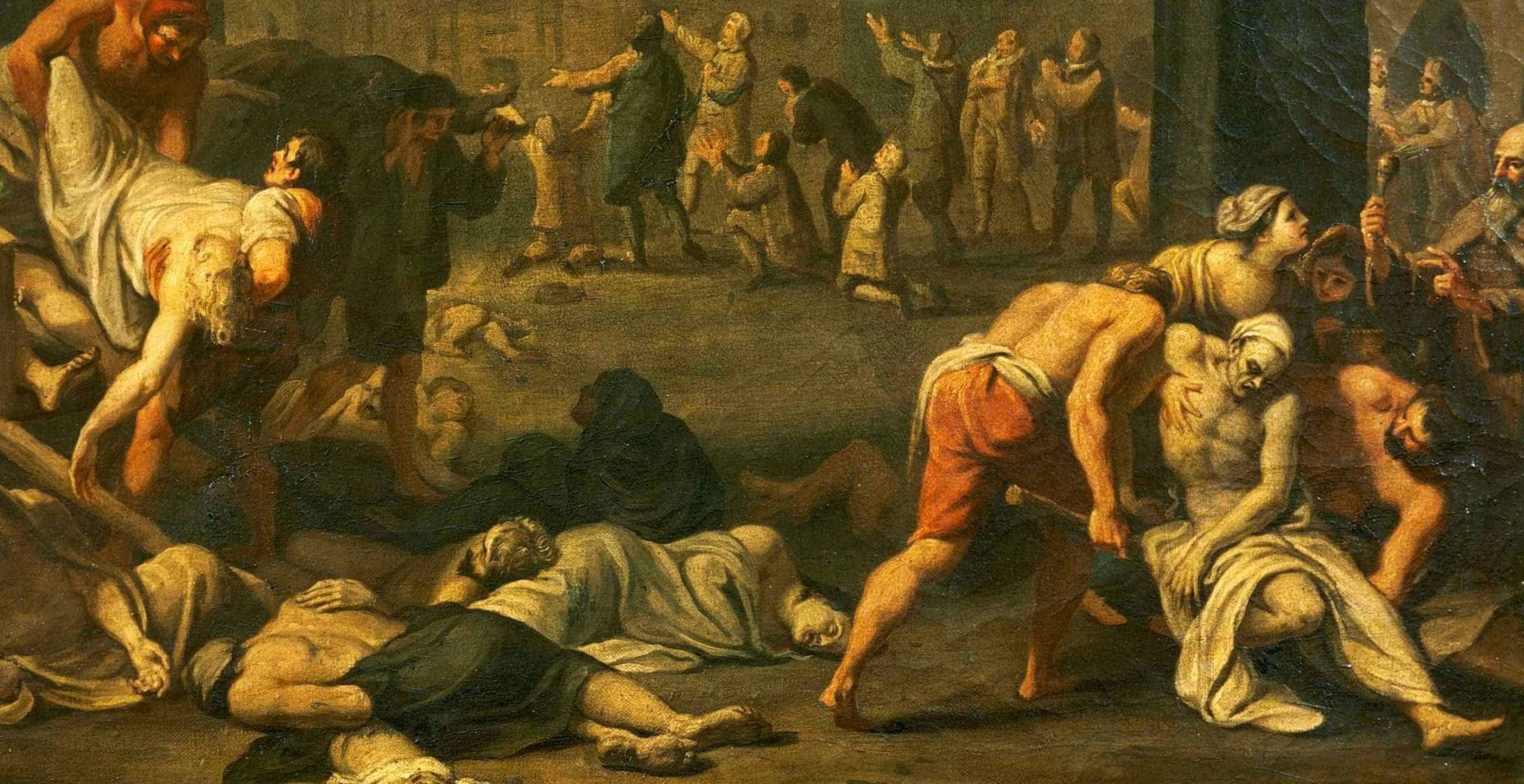
The Black Death, also known as the Bubonic Plague, was a very harmful sickness that spread across Europe in the 14th century. It made a lot of people sick and caused many deaths. The sickness came from a bacterium called Yersinia pestis, which was carried by fleas on rats. The plague was so serious that it affected about one-third of the population in Europe at that time, which was around 25 million people.
People who got sick with the Black Death had painful swollen parts in their bodies, high fever, and dark skin patches, which is why it got its name. This illness had a big impact on the places it hit. It caused many changes in how people lived and worked, and it made people very scared. Even though it was a sad and difficult time, the Black Death influenced how things happened in the years that followed, changing how people worked, lived in cities, and took care of their health.
The Discovery of DNA

The discovery of DNA was a huge deal in science, especially in the 1950s. Scientists James Watson and Francis Crick, along with help from Rosalind Franklin, figured out that DNA looks like a twisted ladder or a double helix. This structure holds all the information needed for living things to grow, work, and make new living things. Understanding DNA changed the way we think about how traits are passed from parents to children.
Think of DNA as a special code that tells your body how to be you! This discovery didn’t just help us understand biology better; it also led to many cool things like genetic engineering, forensics (solving crimes), and personalized medicine. Knowing about DNA has had a big impact on how scientists study and treat diseases. Thanks to Watson, Crick, and Franklin, we know a lot more about the building blocks of life!
The First Successful Organ Transplant
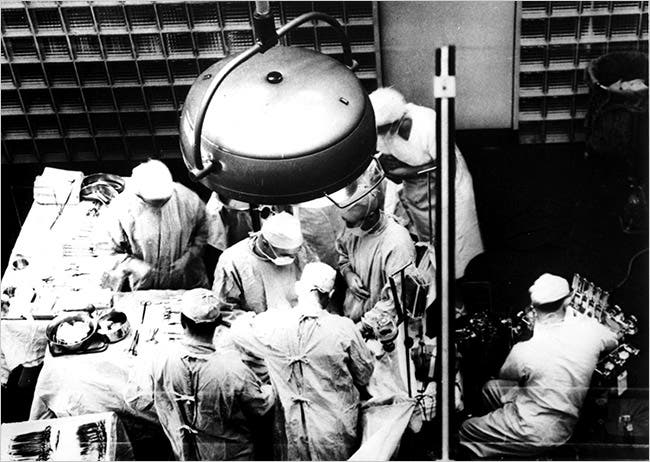
The first successful organ transplant was a major breakthrough in medicine. It happened in 1954 when Dr. Joseph Murray and his team did the first kidney transplant between identical twins, Richard and Ronald Herrick, at the Peter Bent Brigham Hospital in Boston. This important surgery changed how doctors treat organ failure and gave hope to people with serious health problems.
Dr. Murray’s successful kidney transplant was a starting point for more progress in organ transplantation. It showed that organs could be moved from one person to another, creating new ways to treat different organ-related diseases. As time passed, organ transplantation became a common and life-saving practice for people who needed new organs, like kidneys, hearts, lungs, and livers.
The success of the first organ transplant not only saved lives but also led to more research, better ways of doing surgeries, and the creation of organ donation programs. Today, organ transplantation is a crucial part of modern medicine, giving many people a second chance at life when their organs are not working well.
The Age of Exploration and the Columbian Exchange
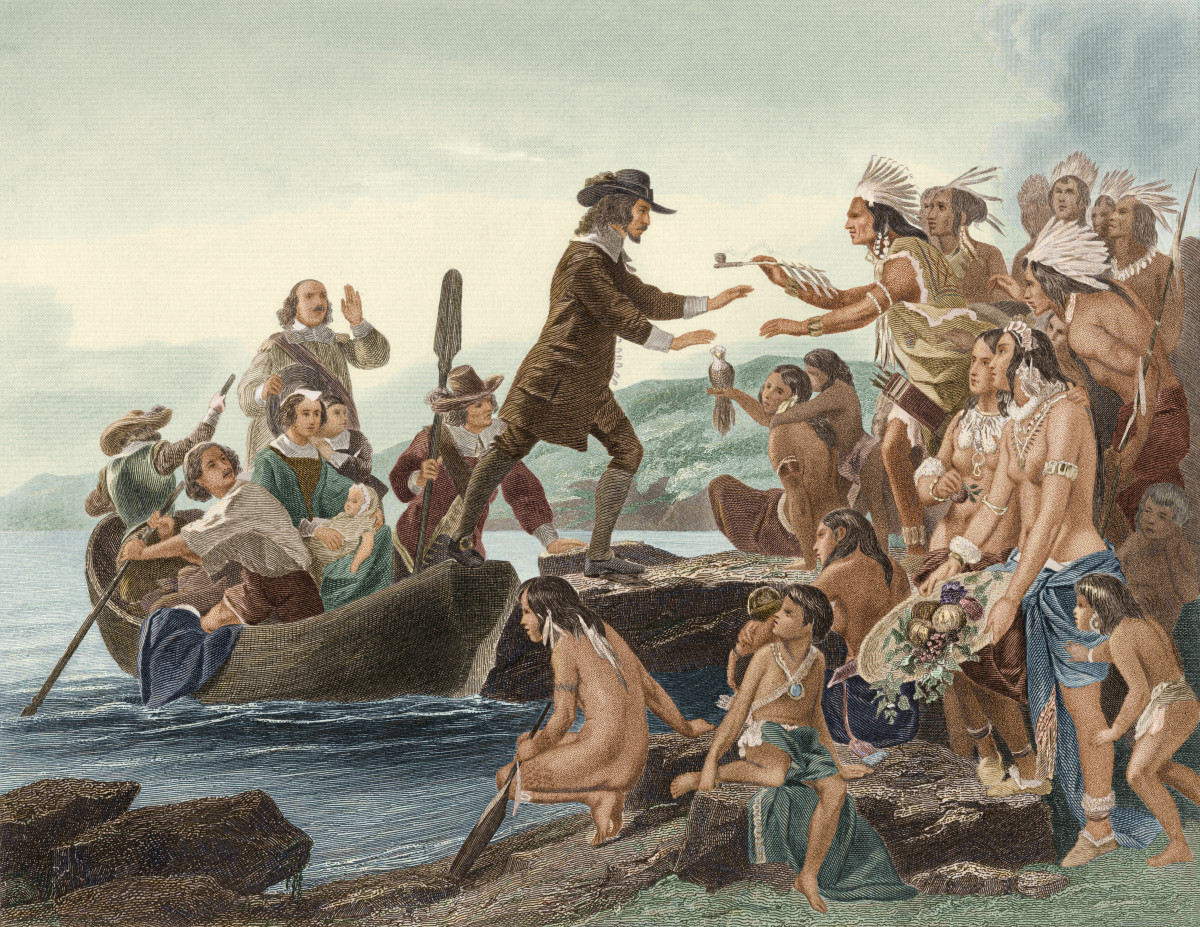
A long time ago, between the 15th and 17th centuries, explorers from Europe set out on big sea journeys to find new places and trade routes. One famous explorer was Christopher Columbus, who sailed to the Americas in 1492. This time is called the Age of Exploration.
When Columbus and others explored, they started a big change called the Columbian Exchange. It meant trading plants, animals, people, and ideas between different parts of the world. For example, Europe got new foods like potatoes and tomatoes, while the Americas got wheat and sugarcane. Animals like horses and cattle were brought to the Americas, and new kinds of corn and beans went to Europe.
The Columbian Exchange not only brought new things but also caused some problems. It spread diseases that hurt the people who lived in the Americas. Overall, the Age of Exploration and the Columbian Exchange were important times that connected faraway places, changing the way people lived, traded, and thought around the world.
The Human Genome Project

The Human Genome Project was a big science project that started in 1990. Scientists from all over the world worked together to figure out and learn about all the genes in human DNA. These are like tiny instructions that tell our bodies how to grow and stay healthy.
Using fancy technologies, researchers read the order of these genes in our DNA. This helped them complete the Human Genome Project in 2003, giving scientists a good understanding of how our genes work.
Because of this project, there have been important discoveries in medicine and genetics. Scientists can now find genes linked to different diseases, making it easier to diagnose and treat them. The Human Genome Project also taught us more about human history and how our genes interact.
This project’s impact has been long-lasting, forming the basis for ongoing research in genomics and personalized medicine. By figuring out our genetic code, scientists have learned a lot about how our bodies work, leading to improvements in health and medicine all over the world.







